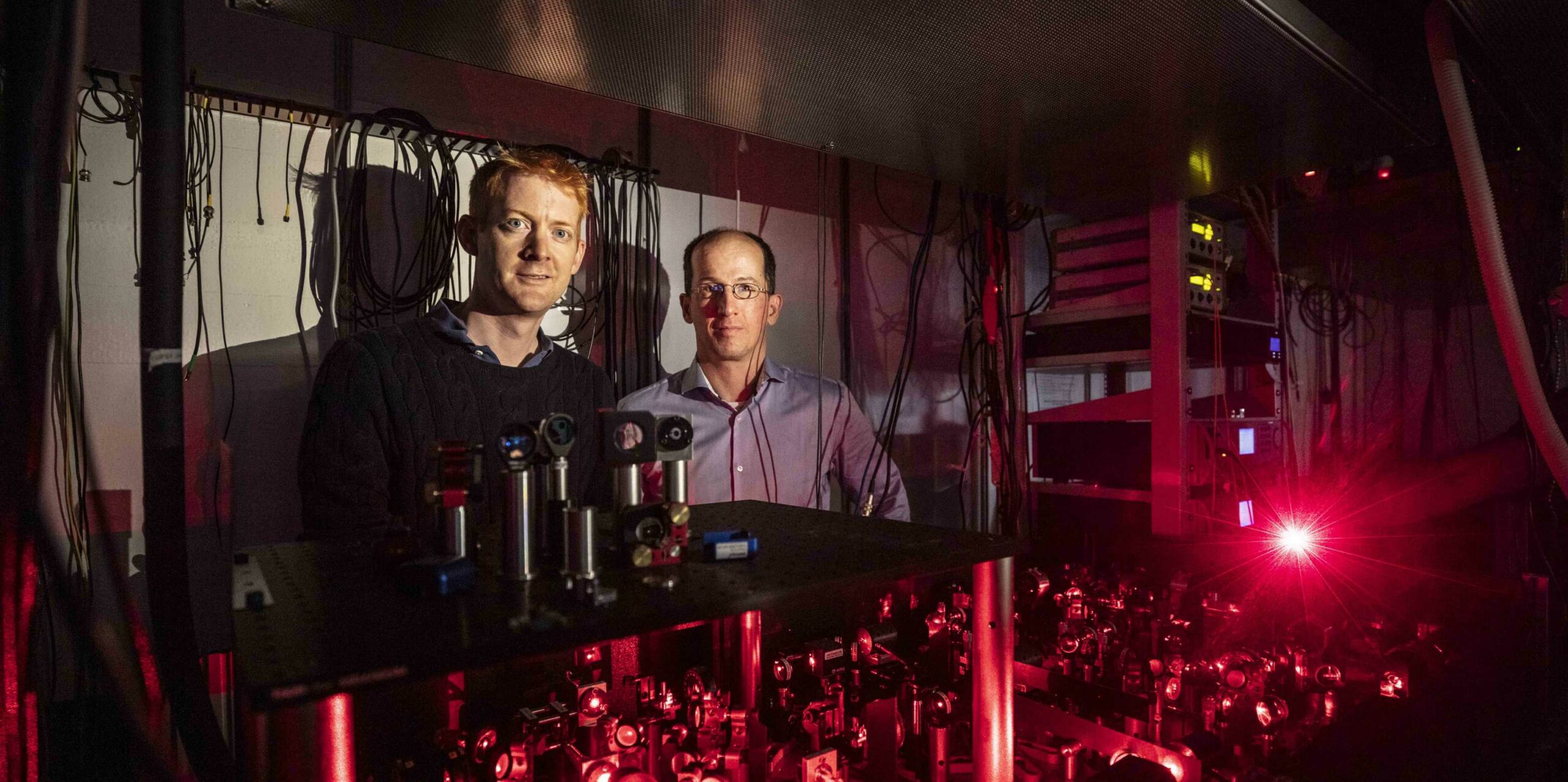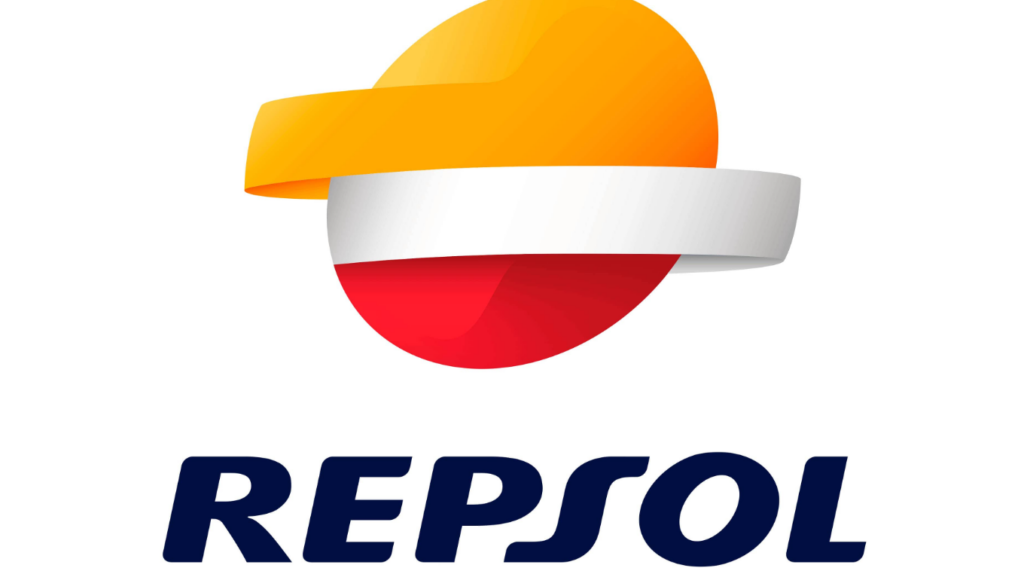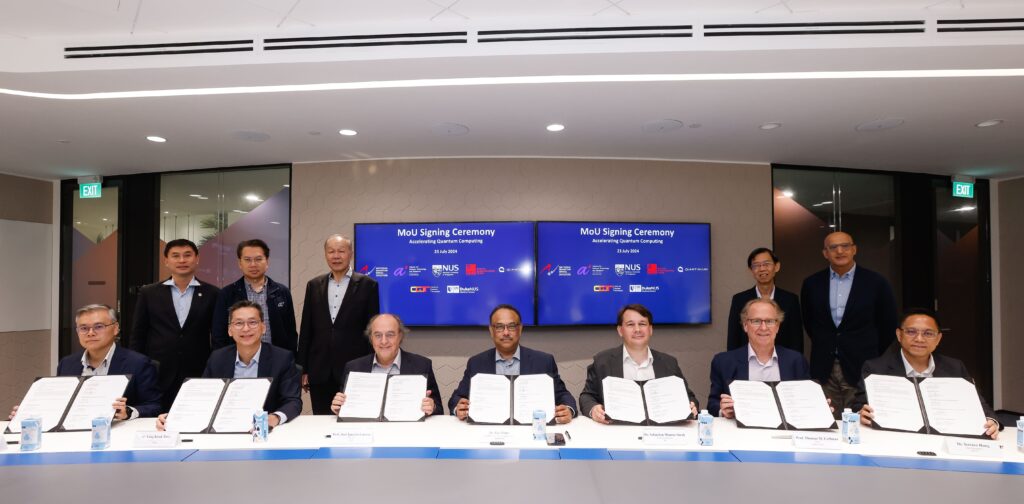Insider Brief
- ETH Zurich is leading efforts that focus on the pivotal challenge of connecting two error-corrected qubits.
- The project involves collaboration with MIT, Forschungszentrum Jülich, Université de Sherbrooke, Zurich Instruments, Atlantic Quantum, and the ETHZ-PSI Quantum Computing Hub at the Paul Scherrer Institute.
- Connecting error-corrected qubits is considered a fundamental step in advancing quantum computing technology.
- Image: ETH Zurich
ETH Zurich is playing a crucial role in two quantum computing projects, both financed by IARPA, a US-based research funding agency, according to a news release on the university’s website. These projects, which are being funded with up to $40 million, focus on the pivotal challenge of connecting two error-corrected qubits—a fundamental step in advancing quantum computing technology.
The two projects supported by IARPA are SuperMOOSE and MODULARIS. SuperMOOSE, led by ETH Professor Andreas Wallraff, involves collaboration with MIT, Forschungszentrum Jülich, Université de Sherbrooke, Zurich Instruments, Atlantic Quantum, and the ETHZ-PSI Quantum Computing Hub at the Paul Scherrer Institute. Meanwhile, MODULARIS is coordinated by the University of Innsbruck, with ETH Professor Jonathan Home’s group contributing.
Both projects aim to entangle two logical qubits and transfer quantum states between them, employing different technological approaches.
“If we manage to connect two error-corrected qubits with one another, we’ll have laid the groundwork for future quantum computers that can then be used to tackle a broad range of tasks,” Wallraff said in the release.

Eye Toward Practical Applications
Quantum computers have long been a topic of interest due to their potential to solve complex computational problems that are currently beyond the reach of traditional computers. However, the practical application of quantum computers has been hindered primarily by their vulnerability to errors. ETH Zurich has made notable progress in this area, with two of its research groups successfully demonstrating error correction in quantum systems, according to the realse. This achievement involved using a chip with 17 physical quantum bits (qubits) to create a single logical qubit, with a division of labor between the qubits for error correction and computational tasks.
The ETH team is focusing on superconducting components, while the Innsbruck team uses ion traps. This diversity in approach highlights the multifaceted nature of quantum computing research. Over the next four years, both teams’ progress and results will be scrutinized and shared in scientific journals. Success in connecting two error-corrected qubits will set a foundation for quantum computers capable of handling a wide array of tasks.
However, these projects will have its challenges. Building a functional quantum computer would one day require linking not just two but potentially thousands of logical qubits. This complex, time-consuming, and costly process underscores the need for international collaboration.
The involvement of ETH Zurich in these two significant projects underlines its leadership in quantum research, according to Christian Wolfrum, Vice President for Research at ETH Zurich, who expressed satisfaction with IARPA’s support, emphasizing the importance of Switzerland’s involvement in Horizon Europe.
“IARPA’s decision to fund not one but two projects in which ETH Zurich is involved confirms our university’s leading position in this vital research area,” Wolfrum said in the release. “It’s now crucial that Switzerland be an associated country in Horizon Europe as soon as possible so that our researchers can also participate in the EU’s flagship quantum programme.”
If you found this article to be informative, you can explore more current quantum news here, exclusives, interviews, and podcasts.



















